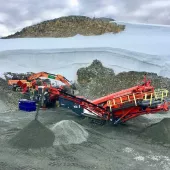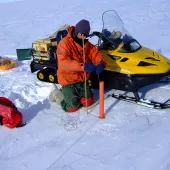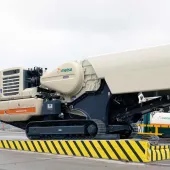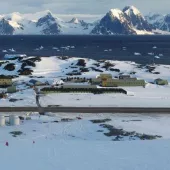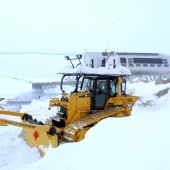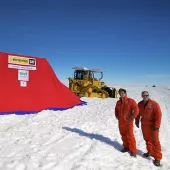Coldest Journey team abandons Antarctic crossing
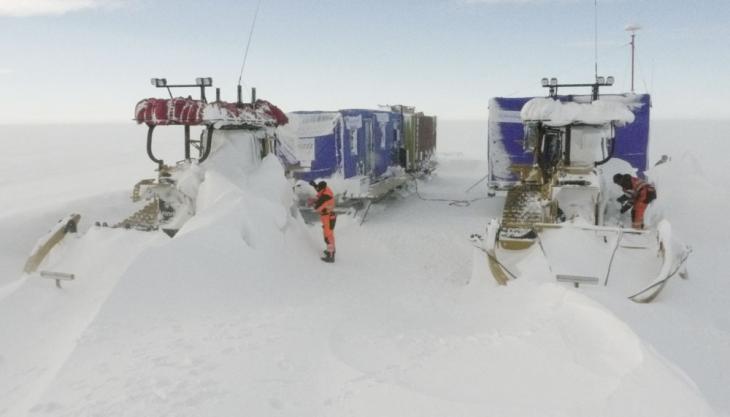
Polar expedition sets itself new challenge as severe crevasse field halts record-breaking journey
THE Coldest Journey expedition has had to abandon its attempt to cross Antarctica in winter after coming across an unexpectedly severe crevasse field, leading the team to reconsider and change its plans.
The expedition had already broken numerous records including travelling over 300km at an altitude of 2,824m in the Antarctic winter, exceeding the current record which stands at the 60 nautical miles.
But having already recently encountered a severe and extensive crevasse field while crossing the planned route, the Coldest Journey team faced the challenge of traversing this new obstacle in complete darkness, while trying to cross Antarctica in just six months.
A video showing the ice team in the crevasse field can be seen at: http://www.ourcoldestjourney.com/index.php/finning-engineers/blog/170-into-the-depths
Commenting on the severe nature of the crevasse field and changes to the planned Coldest Journey, Sir Ranulph Fiennes said: ‘Having previously crossed a known crevasse field, the team were hoping to recover the time lost in navigating through this challenging terrain.
‘Our intelligence at the start of the expedition showed that they had a much clearer run, only for them to come across a much more extreme crevasse field on the ground.
‘With their ground-penetrating radar and the Cat D6Ns set up for crevasse fields, we know the team would be able to get through, but the time needed to do this safely would mean they could not meet our goal of crossing [Antarctica] during the six-month winter equinox.
‘The team has therefore made the decision to change the focus of the expedition by moving away from the crevasse field and remaining at high altitude. This will allow essential scientific work to be carried out.’
Commenting on the decision to focus the expedition on a new set of challenges, Jason Howlett, equipment solutions director at Finning, said: ‘From the start of our involvement in the expedition, the first priority for Finning and the ice team has always been safety.
‘When you are trying to complete something as challenging as this journey, you never know what you may encounter. Even with years of meticulous planning, when you are faced with terrain as severe as the crevasse field the team has encountered, and in complete darkness, you have to assess the risk and make the right decision for the team and the expedition as a whole.
‘Even though both Finning engineers on the expedition are disappointed, we know they are in good spirits and that they understand they have the full support of the whole of the Finning and Caterpillar businesses across the globe.
‘As both engineers move forward to the next phase alongside the rest of the expedition team, their contribution to the educational and scientific goals of the expedition will be extremely important, and we will be looking forward to continuing to receive updates from the team and the Cat D6Ns.’
Discussing how well the Cat D6Ns have performed in Antarctica, Mr Howlett continued: ‘We have already learnt a great deal about how our engineers and the machines operate in such harsh conditions, and this invaluable knowledge will make an important contribution to the development of future equipment and engineers.’
Sir Ranulph Fiennes added: ‘Although we are disappointed not to be completing the crossing as intended, the team is now refocused on the valuable educational and additional scientific work we can carry out and the continued fund-raising for our charity ‘Seeing is Believing’.’



